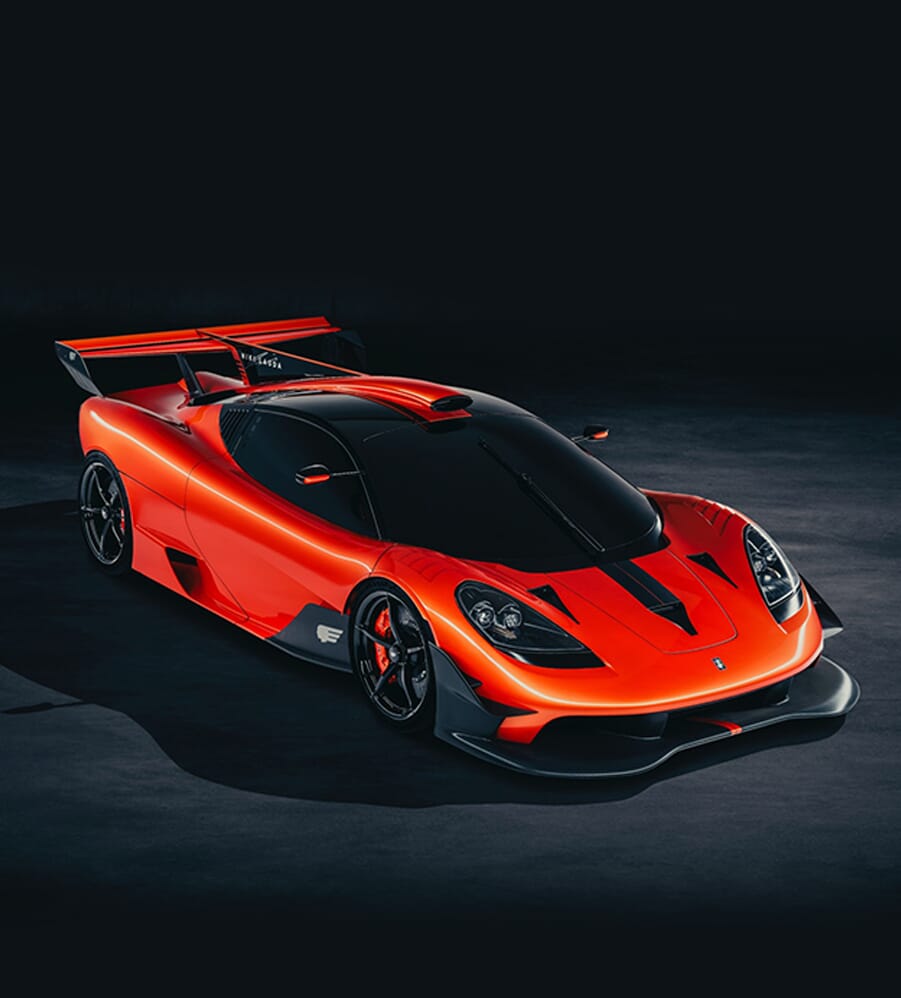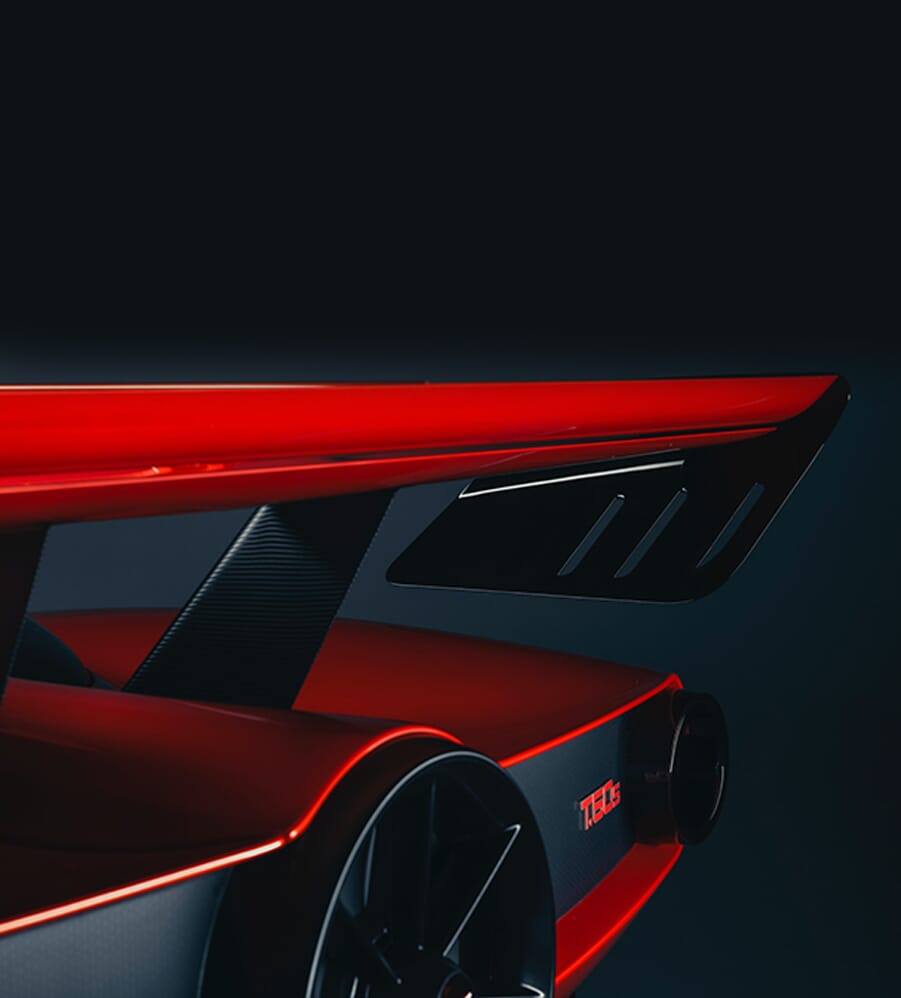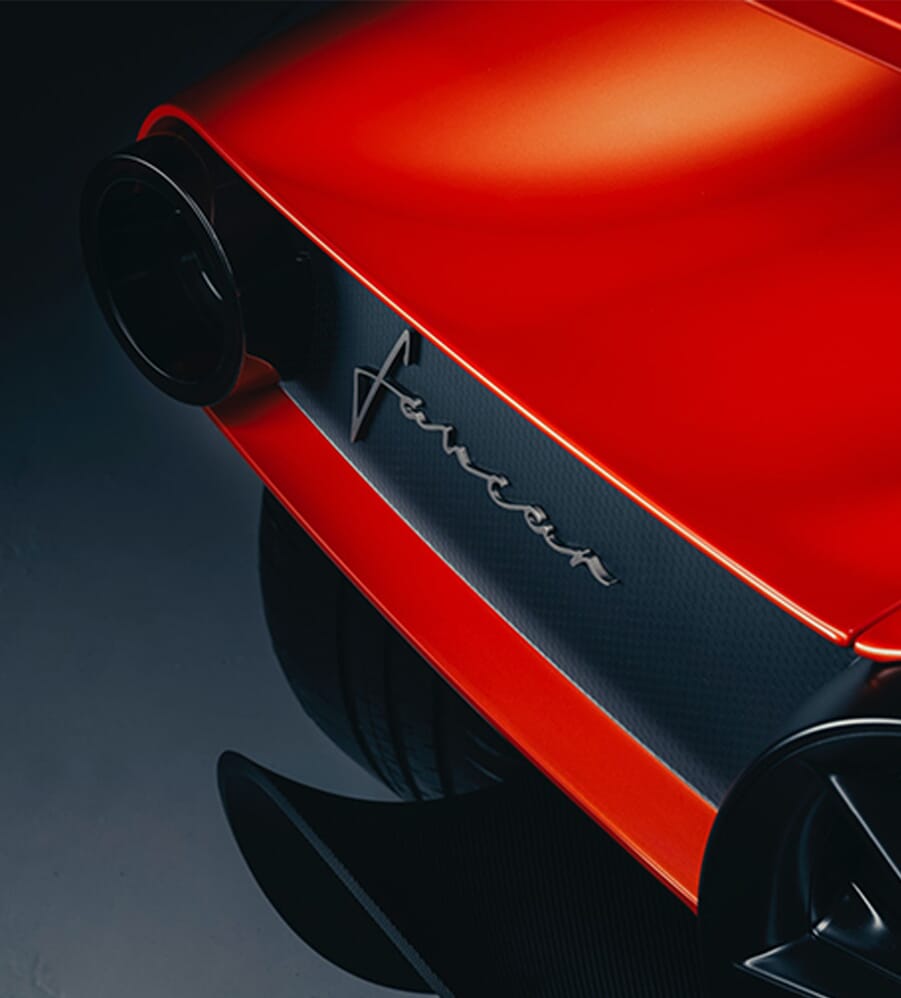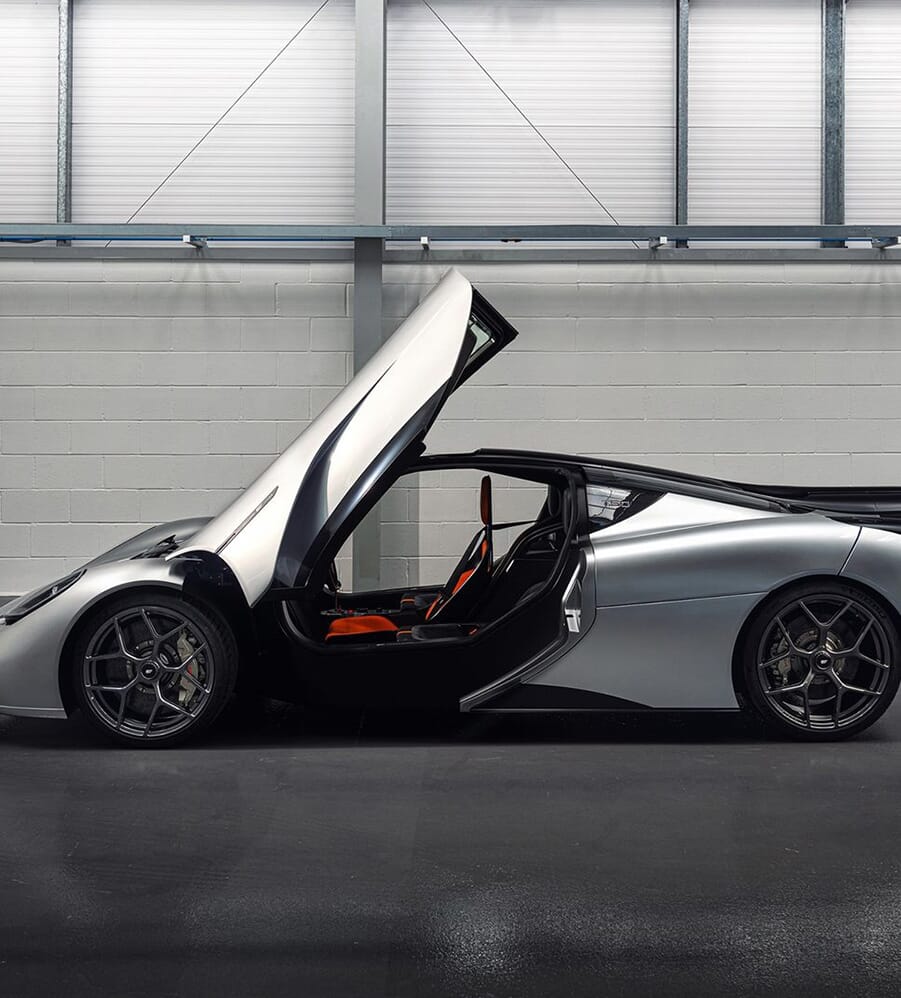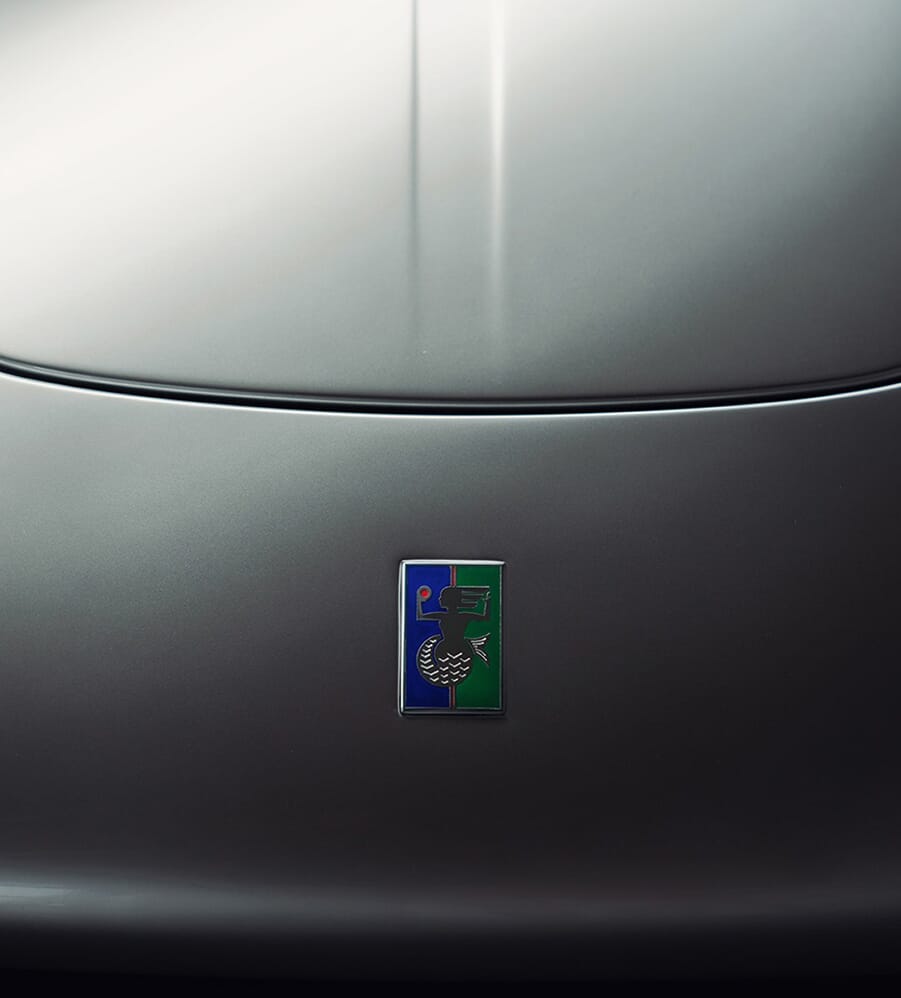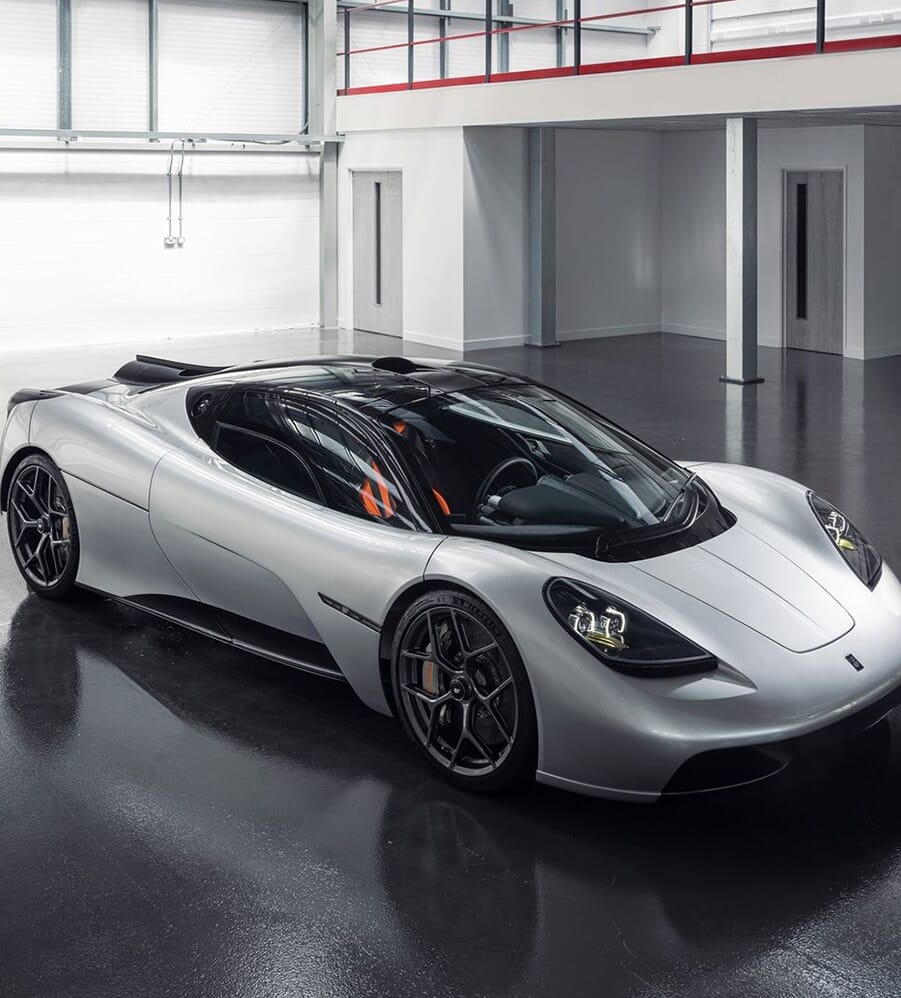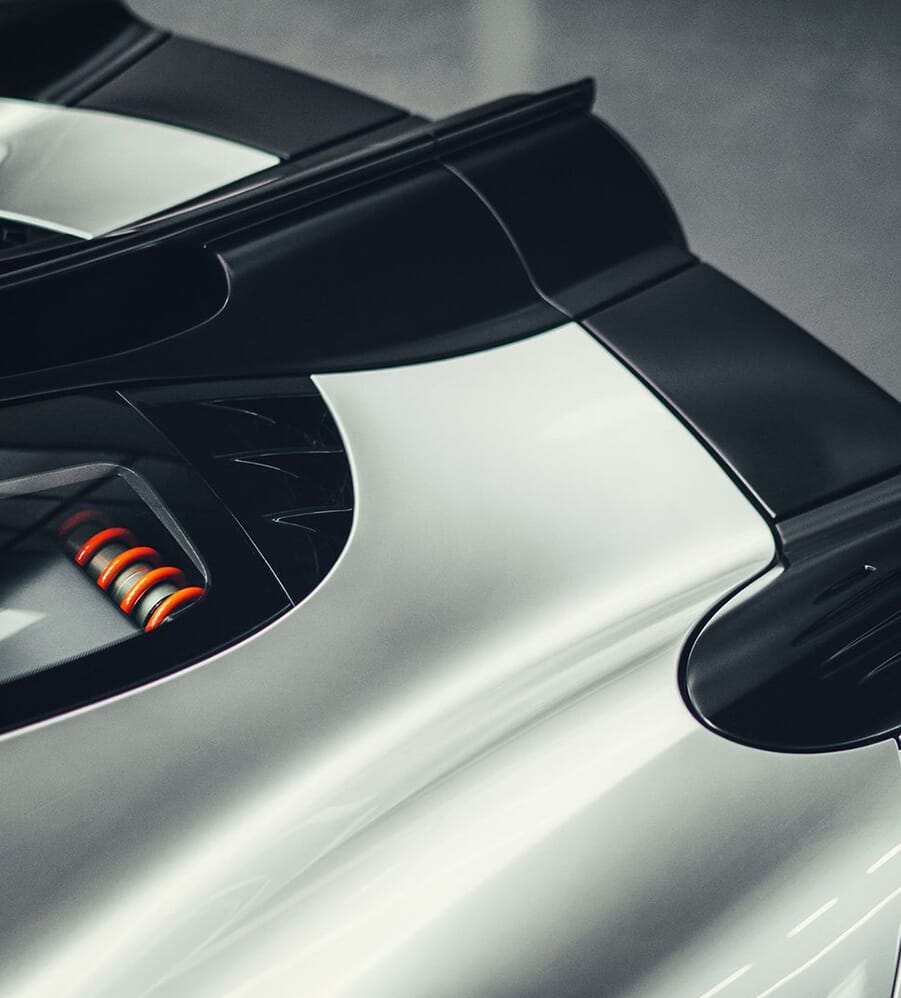When Gordon Murray announces a new supercar, the motoring world not so much sits up, as stands to attention. This was the man, after all, behind the McLaren F1 of the 1990s, a no-compromise three-abreast hyper-car designed for the road, crashed by Rowan Atkinson and winner at Le Mans. The road-oriented T.50 and track-focused T.50s Niki Lauda are designed to take on the legendary status of the F1 and surpass it by some margin. No pressure then.
"Everything the McLaren F1 gave you from a driving experience point of view has been taken to a new level," says Murray, arguably the most influential designer of very fast cars of his generation. "For the T.50 we have rewritten the supercar rulebook." These are bold claims, but given that Murray not only has the F1 to his credit, but actual, landmark Formula One cars for both Brabham and McLaren that won multiple world championships in the 1970s and 1980s, they are claims to be taken very seriously indeed. Murray's pedigree is as impeccable as it gets.
The T.50 twins are made by his own company, Gordon Murray Automotive, so there's a purity that's not to be found in even the most pure-bred of supercars. Take the engine, a normally aspirated V12 created for the T.50 by Cosworth, the company that used to make the engines in the back of some Murray-designed Formula One cars. The new V12 is, says Murray, the highest revving V12 ever fitted to a road car. The bespoke gearbox is, he adds, the lightest supercar gearbox and will have - says its creator - "the best gear change" of any supercar. Also, carbon fibre construction means the T.50 is a third lighter than its competitors. Make no mistake, this is one special motor car.
Exterior design is typically subtle. Murray's Formula One cars, and particularly those for Brabham, were renowned not only for their speed but for their elegance of form. For the T.50 he has eschewed the added aerodynamic wings, wings and ducts of the typical 21st century supercar. Instead there's what Murray calls "next-level" aerodynamics with "simple, timeless lines and clean surfaces", a refreshing departure from the often hyperactive design of his competitors.
Then there's the fan at the back. A very large and very obvious fan. It's there to provide ground effect aerodynamics, literally to suck the T.50 to the road. Murray famously tried a similar device on one of his Formula One cars, the Brabham BT46B, so dominant in its one and only race with Niki Lauda trouncing the opposition, that Brabham agreed never to race it again, on the grounds that it was simply too dominant.
Like one? The order books are very much now open and we're sure Gordon Murray would love to hear from you. Just make sure before you pick up the phone to specify your very own T.50 that you have around £3-million handy. We'd say it'll be worth every penny. In a world where battery power is the future, we may never see its like again.
Discover a supercar for the sea.
Get your fix of all things automotive at The Garage.

